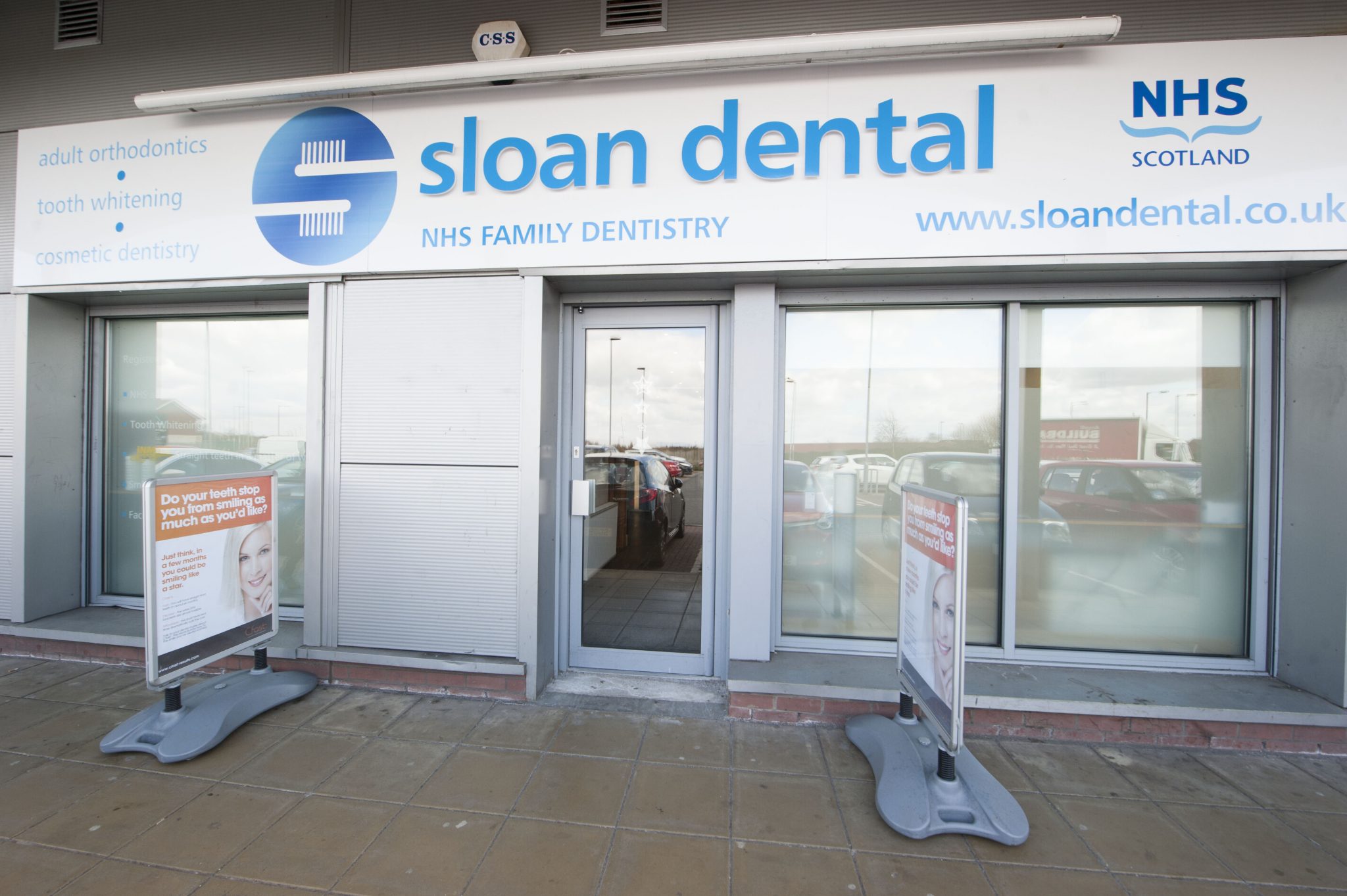Invisalign is an innovative orthodontic treatment that can straighten your teeth without the need for fixed brackets and wires. It’s an increasingly popular choice for adults and teens. Adults love that the braces are nearly invisible, so no one ever needs to know you are having treatment. And teens love that they can remove the aligners to eat, care for their teeth and play sports.
While Invisalign might be paving the way for better orthodontics in the future, this treatment option might not be ideal for everyone. A popular question that many patients have before starting treatment is about Invisalign and missing teeth. So, can you have Invisalign with a missing tooth? And can you have Invisalign with multiple missing teeth? Let’s first look at how this treatment option works.
How does Invisalign work?
The root of your tooth is not set directly in the bone. It is surrounded by a ligament that is softer than bone. This means that each tooth has a little bit of flexibility in its positioning. Your teeth will naturally drift into the easiest position, which is why teeth can become misaligned.
Traditional orthodontics use brackets that are bonded to the teeth and wires that link them to apply pressure to the teeth. Once treatment is completed, the teeth can return to their original position, so many people wear a retainer at night time to keep their smile perfect.
Invisalign uses a similar principle to a clear plastic retainer. But instead of simply keeping your teeth in the correct position, the plastic aligner is designed in such a way that it applies pressure to the teeth. As the patient works their way through their case of aligners, their teeth get a little closer to ideal alignment.
But, what happens if there is a gap in your smile? While traditional orthodontics can work around missing teeth and can even help to move the teeth so that the gaps are no longer visible, is Invisalign also up to the task?
Does Invisalign work with missing teeth?
In the case of overcrowding, your dentist might recommend removing some teeth before you start orthodontic treatment. This will create space for the teeth to be properly aligned. In most cases, you can have Invisalign treatment with missing teeth.
It is often a good idea to consider orthodontic treatment when you have a missing tooth, as the surrounding teeth may shift into the gap. If the gap is very large, you could decide at the end of orthodontic treatment to have a bridge or dental implant.
If you have already replaced a missing tooth with a bridge or dental implant, then Invisalign treatment might still be possible, but it depends on the placement of the restoration. A dental implant won’t move, but the teeth around it can be moved into the ideal position.
Can Invisalign close a gap in my smile?
Absolutely! One of the most popular reasons for choosing orthodontic treatment is to conceal gaps in your smile. Sometimes the gap is the result of missing teeth, and sometimes it’s the result of misalignments and spacing. Either way, orthodontics is an excellent way to conceal a missing tooth gap and allow you to smile with confidence again.
What teeth are not suitable for Invisalign?
Some situations cannot be addressed with Invisalign. These include:
- If you still have baby teeth present.
- If you have had certain teeth removed.
- If you have a very large gap in your smile.
- If you have false teeth or dentures.
- If you have a dental bridge joining teeth together.
If you’re not sure if you’re a candidate for Invisalign, the best option is to arrange a consultation. We will examine your teeth and take X-rays of your jaw to get the full picture. Ready to start your orthodontic journey with Sloan Dental? Get in touch with your nearest practice today!



